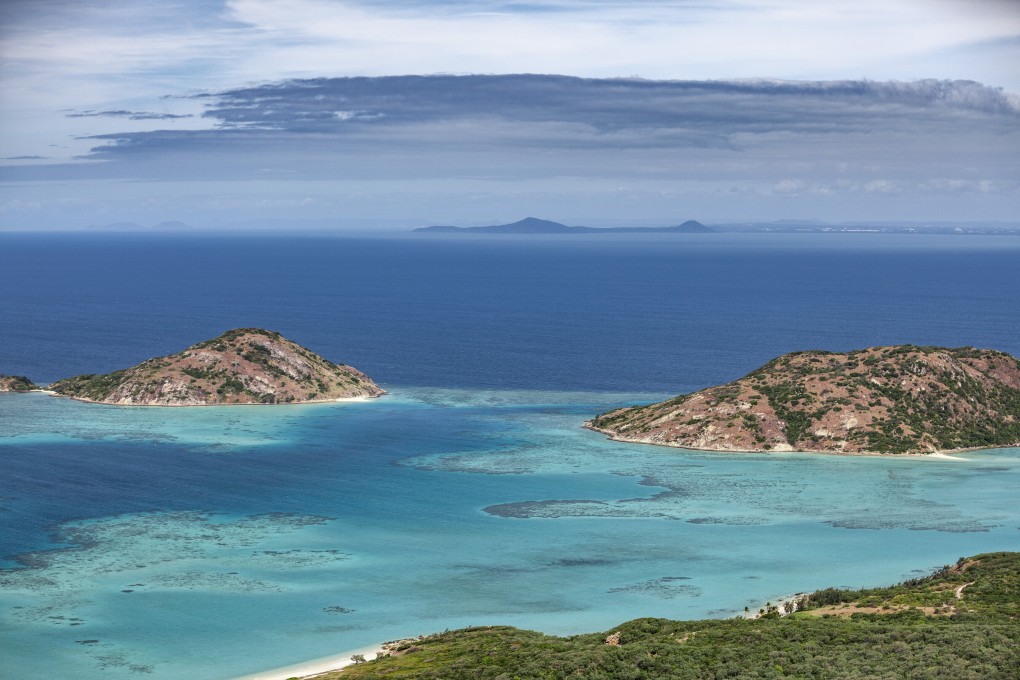Advertisement
The Great Barrier Reef: is Australia doing enough to save marine ecosystem from river run-off and the effects of global warming?
- Unesco will decide this month whether to add the reef system to its World Heritage in Danger list. How much has it deteriorated? We take a dive to have a look
- The Australian government has taken offence, but it has failed to meet clean-water and climate-change action targets
Reading Time:5 minutes
Why you can trust SCMP
4

“At the start of every disaster movie, there’s a scientist being ignored,” reads the message pinned to the top of Professor Terry Hughes’ Twitter feed.
Advertisement
The “disaster movie” being referred to is the destruction of the world’s coral reefs.
The Great Barrier Reef is the world’s biggest reef system, comprising some 3,000 individual reefs and stretching 2,300km (1,400 miles) along the coast of the Australian state of Queensland. The country’s pride and joy, especially in tourism terms, was inscribed on the Unesco World Heritage List in 1981.
In June this year, however, Unesco released a draft recommendation to add the reef to its List of World Heritage in Danger. The United Nations’ cultural and scientific agency cited the reef’s deteriorating long-term outlook, which has declined from “poor” to “very poor”, and Australia’s failure to meet its own water-quality targets. Unesco noted the biggest threat to the reef was climate change and urged Australia to take faster action to meet its commitments under the Paris Agreement.

There are 53 heritage sites on Unesco’s “in danger” list, but, if listed, the Great Barrier Reef would be the first for which the threats are linked to climate breakdown.
Advertisement
Australia’s reliance on the income derived from fossil fuel exports has made it reluctant to embrace climate action. The United Nations-endorsed Sustainable Development Report 2021 recently ranked Australia last out of 193 countries for taking action on climate change. The rating considers emissions from CO2 usage, and imports and exports on a per capita basis. Canberra has resisted carbon pricing and its stance on carbon neutrality is that Australia will “preferably” reach net-zero emissions by 2050.

Advertisement